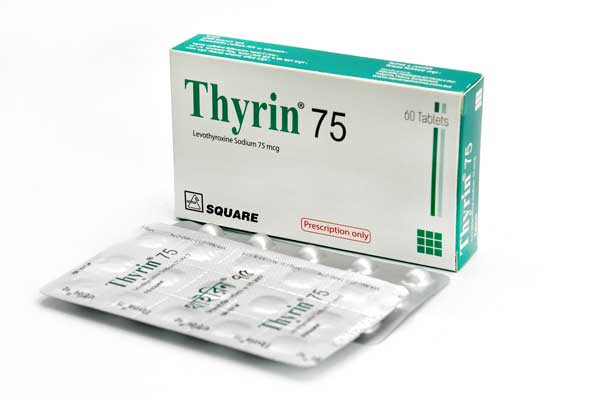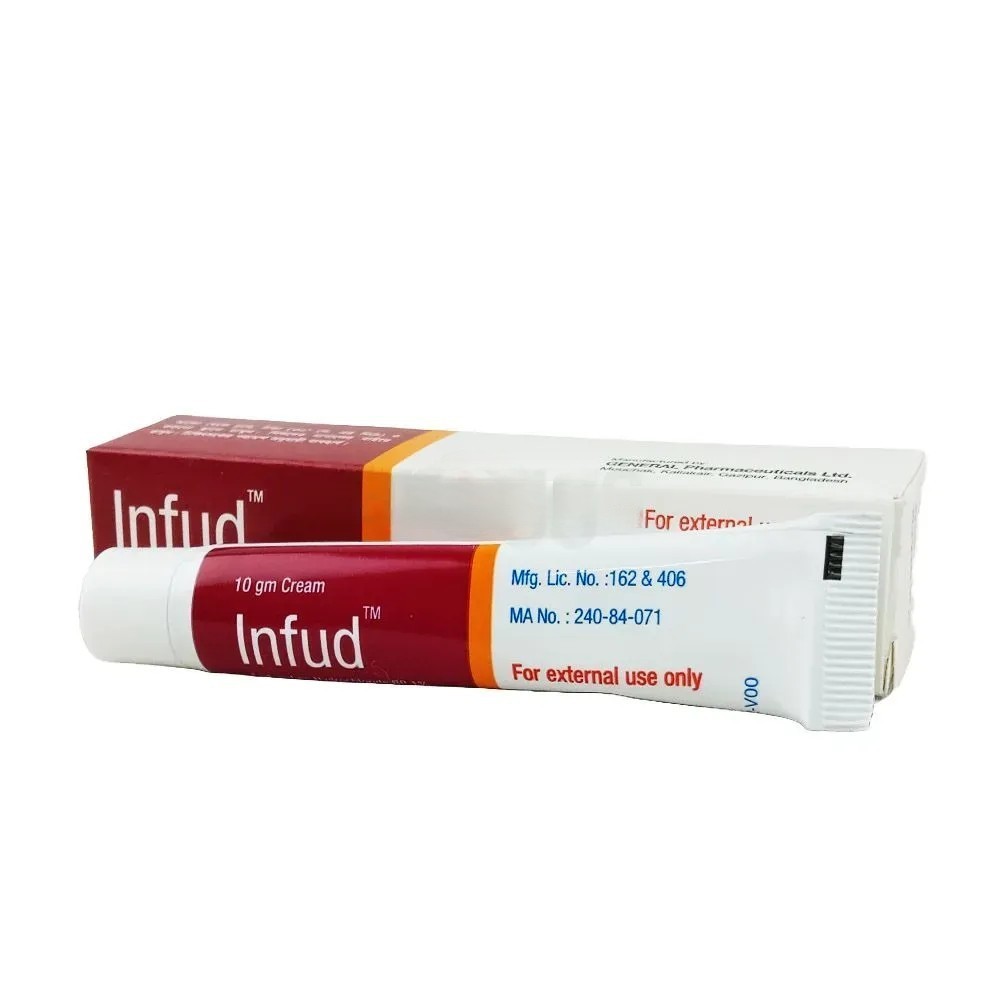

Infud Cream 10 gm tube, Terbinafine Hydrochloride 1%
Inhouse product
-
৳11.40
৳12.00 -
৳42.75
৳45.00 -
৳16.63
৳17.50 -
৳2.14
৳2.25
Reviews & Ratings
Indications
Infud tablet: This tablet is indicated for the treatment
of onychomycosis of the toenail or fingernail due to dermatophytes (Tinea
Unguium).
Infud granules: This is indicated in Tinea Capitis.
Infud cream: Fungal infection of the skin caused by
Trichophyton (e.g. T. rubrum, T. mentagrophytes, T. verrucosum, T. violaceum),
Microsporum canis and Epidermophyton floccosum. Yeast infections of the skin,
principally those caused by the genus Candida (e.g. C. albicans). Pityriasis
(tinea) versicolor due to Pityrosporum orbicular (also known as Malassezia
furfur).
Infud 1% Spray: This spray is indicated in the treatment of
tinea infections of the skin. This spray is also indicated in the treatment of
pityriasis (tinea) versicolor due to Malassezia furfur.
* রেজিস্টার্ড চিকিৎসকের পরামর্শ মোতাবেক ঔষধ সেবন করুন'
Pharmacology
Terbinafine, an
Allylamine antifungal, inhibits biosynthesis of Ergosterol (an essential
component of fungai cell membrane) via inhibition of Squalene Epoxidase enzyme.
This results in fungal cell death primarily due to the increased membrane
permeability mediated by the accumulation of high concentrations of Squalene
but not due to Ergosterol deficiency. Depending on the concentration of the
drug and the fungal species test in vitro, Terbinafine hydrochloride may be
fungicidal. However, the clinical significance of in vitro data is unknown.
Terbinafine has been shown to be active against most strains of the following
microorganisms both in vitro and in clinical infections: Tricophyton
Mentagrophyte, Trichophyton Rubrum.
Dosage &
Administration
Terbinafine
tablet:
- For the treatment of fingernail
onychomycosis: Terbinafine 250 mg (one tablet), once daily for 6 weeks.
- For the treatment of toenail
onychomycosis: Terbinafine 250 mg (one tablet), once daily for 12 weeks.
- The optimal clinical effect is
seen some months after mycological cure and cessation of treatment. This
is related to the period required for the outgrowth of healthy nail.
Terbinafine
granules:
- Body Weight: <25 kg: 125
mg/day up to 6 weeks
- Body Weight: 25-35 kg: 187.5
mg/day up to 6 weeks
- Body Weight: >35 kg: 250
mg/day up to 6 weeks
Terbinafine
cream: Terbinafine cream
can be applied once or twice daily. Cleanse and dry the affected areas
thoroughly before application of the terbinafine cream. Apply the cream to the
affected skin and the surrounding area in a thin layer and rub in lightly. In
the case of intertriginous infections (submammary, interdigital, intergluteal,
inguinal) the application may be covered with a gauze strip, especially at
night. The likely durations of treatment are as follows:
- Tinea corporis, cruris: 1 to 2
weeks
- Tinea pedis: 1 week
- Cutaneous candidiasis: 2 weeks
- Pityriasis versicolor: 2 weeks
Relief of the clinical
symptoms usually occurs within a few days. Irregular use or premature
discontinuation of treatment carries the risk of recurrence. If there are no
signs of improvement after two weeks, the diagnosis should be verified.
Terbinafine 1% Spray: This spray is applied once or twice daily,
depending on the indication. The affected areas should be cleansed and dried
thoroughly before application of this spray. A sufficient amount of solution
should be applied to wet the treatment area(s) thoroughly.
- Tinea pedis: once a day,1 week
- Tinea corporis/cruris: once a
day,1 week
- Pityriasis versicolor: twice a
day, 1 week
Relief of clinical
symptoms usually occurs within a few days. If there are no signs of improvement
after two weeks the diagnosis should be verified.
* রেজিস্টার্ড চিকিৎসকের পরামর্শ মোতাবেক ঔষধ সেবন করুন'
Interaction
In vivo studies have
shown that terbinafine is an inhibitor of the CYP450 2D6 isozyme. Drugs
predominantly metabolized by the CYP450 2D6 isozyme include the following drug
classes: tricyclic antidepressants, selective serotonin reuptake inhibitors,
beta-blockers, antiarrhythmics class 1C (e.g., flecainide and propafenone) and
monoamine oxidase inhibitors Type B. Co-administration of terbinafine should be
done with careful monitoring and may require a reduction in dose of the
2D6-metabolized drug.
Contraindications
Terbinafine
Hydrochloride tablet and cream are contra-indicated in individuals with
hypersensitive to terbinafine.
Side Effects
The adverse events
reported encompass gastrointestinal symptoms (including diarrhea, dyspepsia and
abdominal pain), liver test abnormalities, rashes, urticaria, pruritus, and
taste disturbances. In general, the adverse events were mild, transient, and
did not lead to discontinuation. Adverse events, based on worldwide experience
with terbinafine use, include: idiosyncratic and symptomatic hepatic injury and
more rarely, cases of liver failure, some leading to death or liver transplant,
serious skin reactions, severe neutropenia, thrombocytopenia, angioedema and
allergic reactions (including anaphylaxis). Other adverse reactions that have
been reported include malaise, fatigue, vomiting, arthralgia, myalgia, and hair
loss.
Pregnancy &
Lactation
Terbinafine tablet: There are no adequate and well-controlled
studies in pregnant women. Because animal reproduction studies are not always
predictive of human response, and because treatment of onychomycosis can be
postponed until after pregnancy is completed, it is recommended that
terbinafine not be initiated during pregnancy. After oral administration,
terbinafine is present in the breast milk of nursing mothers. Treatment with
terbinafine is not recommended in nursing mothers.
Terbinafine cream: Foetal toxicity and fertility studies in
animals suggest no adverse effects. There is no clinical experience with
terbinafine in pregnant women; therefore, unless the potential benefits
outweigh any potential risk, terbinafine should not be administered.
Terbinafine is excreted in breast milk and therefore mothers should not receive
terbinafine treatment whilst breast-feeding.
Precautions &
Warnings
Warnings-
- Infud tablets: Rare cases of
liver failure, some leading to death or liver transplant, have occurred
with the use of terbinafine tablets for the treatment of onychomycosis in
individuals with and without preexisting liver disease. In the majority of
liver cases reported in association with terbinafine use, the patients had
serious underlying systemic conditions and an uncertain causal association
with terbinafine. The severity of hepatic events and/or their outcome may
be worse in patients with active or chronic liver disease. Treatment with
terbinafine tablets should be discontinued if there is biochemical or
clinical evidence of liver injury. There have been isolated reports of
serious skin reaction (e.g., Stevens-Johnson Syndrome and toxic epidermal
necrolysis). If progressive skin rash occurs, treatment with terbinafine
should be discontinued.
- Infud cream: Infud cream is for
external use only. Contact with the eyes should be avoided.
Precautions: Infud are not recommended for patients with
chronic or active liver disease. Before prescribing Infud, pre-existing liver
disease should be assessed. Hepatotoxicity may occur in patients with and
without pre-existing liver disease. Pretreatment serum transaminase (ALT and
AST) teste are advised for all patients before taking terbinafine tablets.
Use in Special
Populations
Pediatric use: The safety and efficacy of terbinafine have
not been established in pediatric patients.
Use in the elderly: There is no evidence to suggest that elderly
patients require different dosages or experience side-effects different to
those of younger patients.
Overdose Effects
Clinical experience
regarding overdose with terbinafine tablets is limited. Doses up to 5 gm (20
times the therapeutic daily dose) have been taken without inducing serious
adverse reactions. The symptoms of overdose included nausea, vomiting,
abdominal pain, dizziness, rash, frequent urination, and headache.
Therapeutic Class
Other Antifungal
preparations, Topical Antifungal preparations
Storage Conditions
Store in a cool and
dry place, below 30°C, protect from light.
Frequently Bought Products
Miclo Cream 10 gm tube, Clobetasone Butyrate 0.05%
Nervaid Capsule (30' pack), Pregabalin 75 mg
Vardamate Tablet, Vardenafil 10 mg
Benzenod Capsule, Rivastigmine Tartrate 3 mg
Ferti-Q Capsule, Coenzyme Q10 [Ubidecarenone] 100 mg
Thyrin Tablet, Levothyroxine Sodium 75 mcg
Product Queries (0)
Login Or Registerto submit your questions to seller
Other Questions
No none asked to seller yet
-
৳11.40
৳12.00 -
৳42.75
৳45.00 -
৳16.63
৳17.50 -
৳2.14
৳2.25
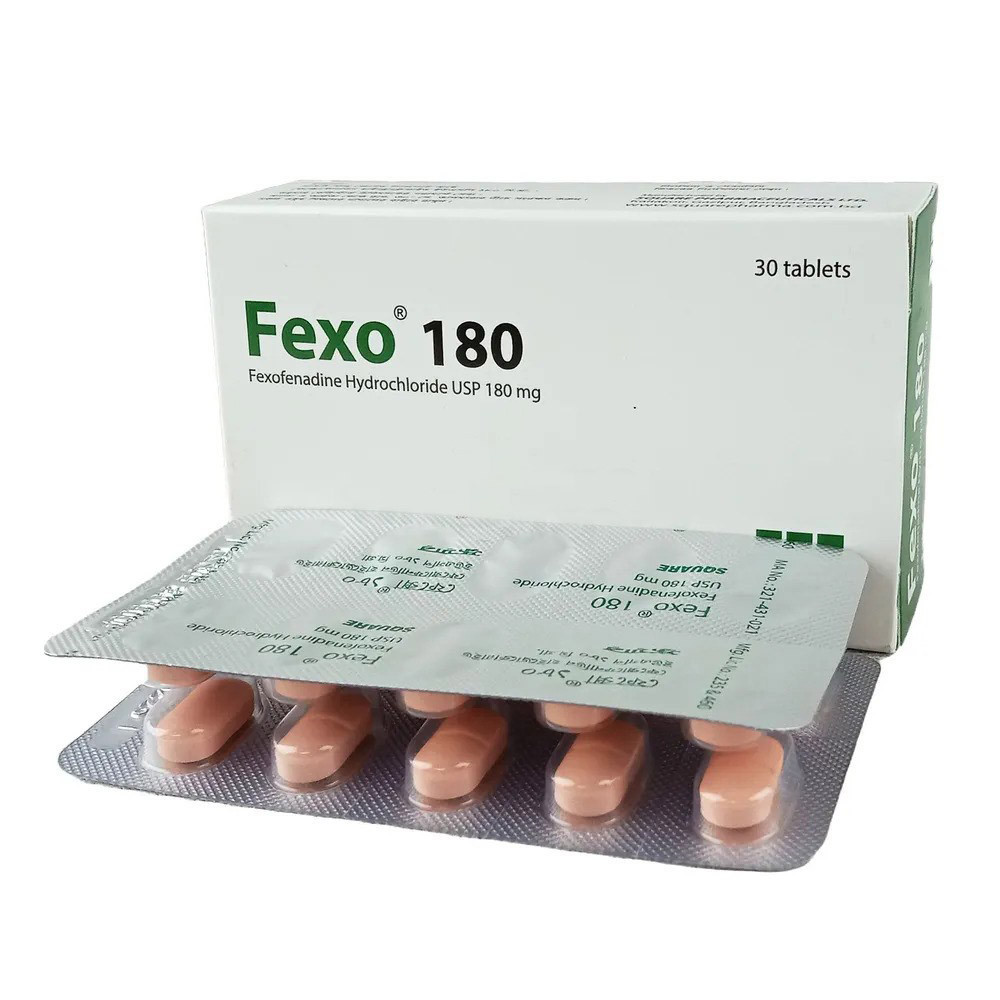



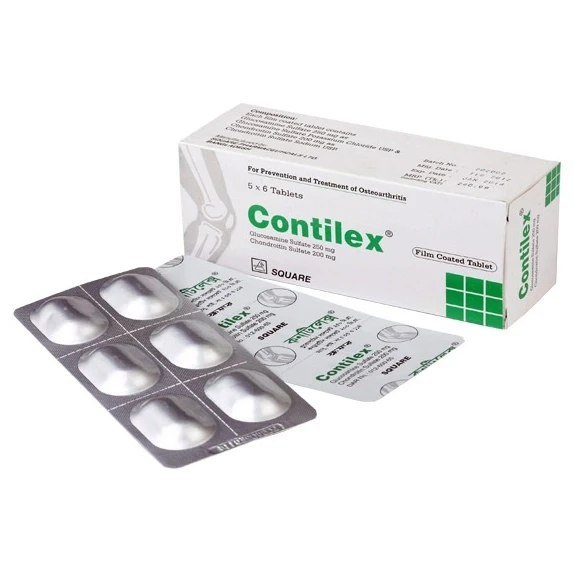
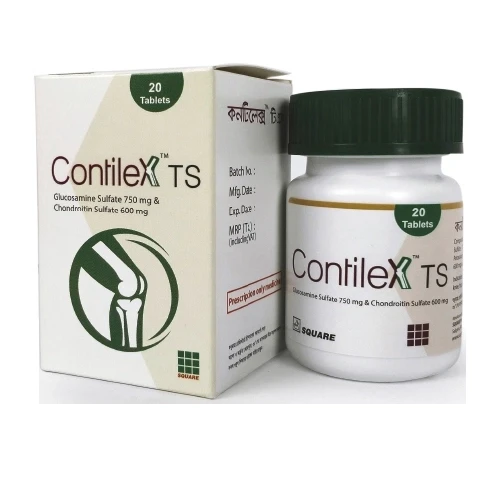
![Penvik Forte Powder for Suspension 100ml, Phenoxymethyl Penicillin [Penicillin V] 250 mg/5 ml](https://www.skpharma.com.bd/public/uploads/all/n3FoTEkhuzXqfebIIPFMAthOpNQ8GQumqlbOC6w6.webp)






![Ferti-Q Capsule, Coenzyme Q10 [Ubidecarenone] 100 mg](https://www.skpharma.com.bd/public/uploads/all/ed9oV81rPgwDkTBIwnECaefcM8MB59XF72hkTPgW.png)

